Sennheiser HD 660S2 review: open-back headphones go big on bass
If you're looking for open-backed headphones with big bass then Sennheiser's second-gen HD 660S are well worth a look

There’s ‘unfashionable’ and then there’s wired headphones. But where outright performance in nearly every meaningful audio department is concerned, the Sennheiser HD 660S2 have plenty to recommend them - as long as your source of music is up to the task, that is.
-
+
Properly made, comfortable and durable
-
+
Burly, spacious and informative sound
-
+
Balanced or unbalanced connections
-
-
Treble sounds are slightly inhibited
-
-
Not fans of inferior sources
-
-
Awkward 6.3mm-3.5mm adapter
Why you can trust T3

The section of Sennheiser’s product portfolio that’s (probably) headed ‘people who take listening very seriously indeed’ is pretty extensive - and with the arrival of these new HD 660S2 wired open-backed over-ear headphones, it gets its latest update.
‘Wired’ and ‘open-backed’ both denote serious (and solitary) listening, of course - but Sennheiser is promising a laid-back experience to go along with all the ‘precision’ and ‘control’ it always aims for with its higher-end products.
So are the compromises you’ll need to make in order to accommodate such an uncompromising pair of headphones worth it in the end? And do the Sennheiser HD 660S2 earn a spot in the best wired headphones of 2023?
Sennheiser HD 660S2: Price & Availability
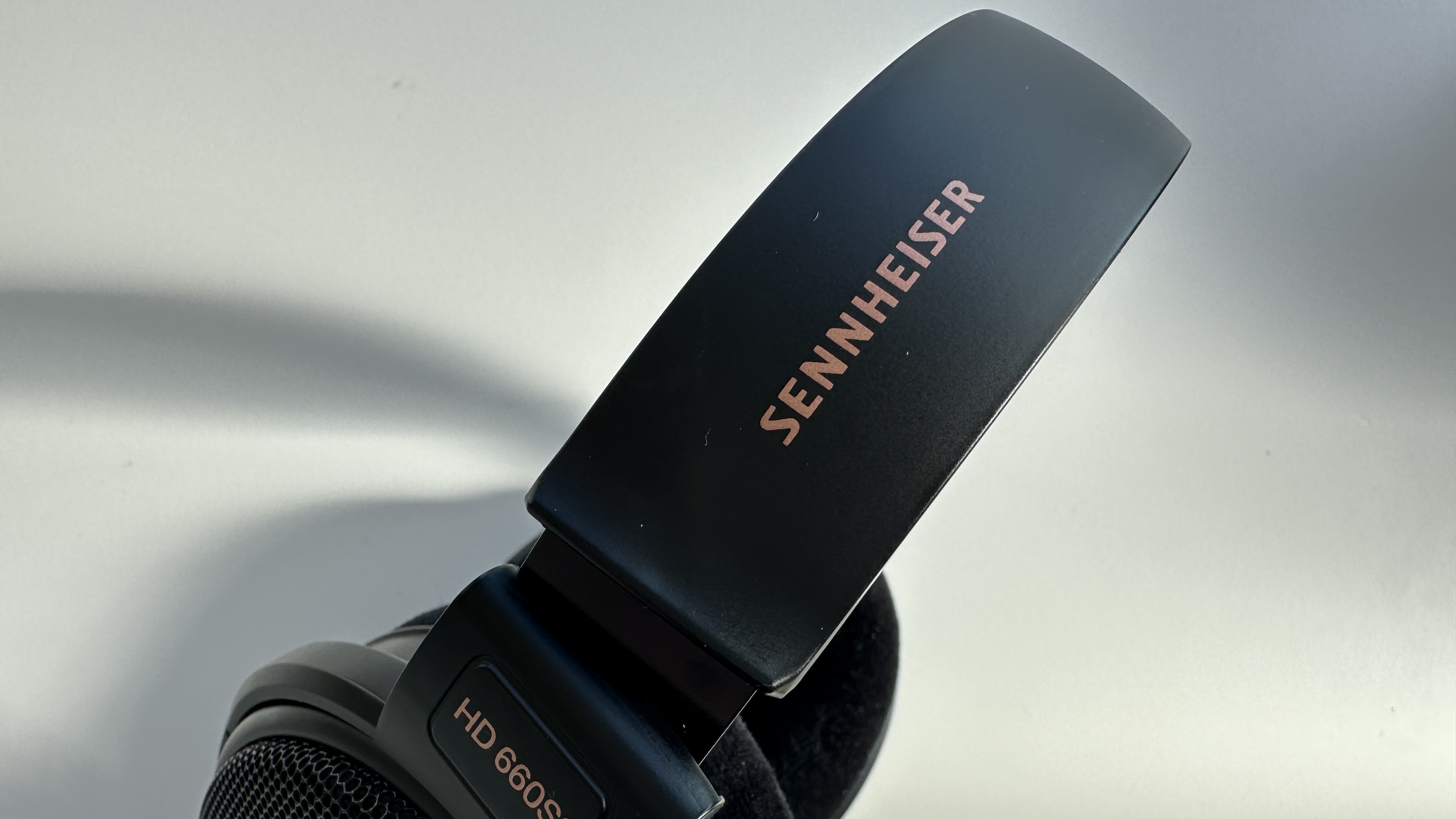
The Sennheiser HD 660S2 are on sale now, and in the United Kingdom they’re priced at £499. In America you’ll need to part with $599 to secure a pair, while in Australia they sell for AU$949.
This is, obviously, quite a lot of money for a pair of wired headphones with none of the frills or extended functionality we’ve lately come to expect from our best over-ear headphones.
And yet the HD 660S2 are not without competition - the likes of Audio Technica and Grado, to name just two deeply credible brands, have similarly specified and priced alternatives with which to tempt you.
Sennheiser HD 660S2 review: What's new?

It would be interesting to know how many people who heard the original HD 660S found them to be in any way unsettling to listen to. Because for the HD 660S2, Sennheiser is promising a more ‘intimate, relaxed’ sound - which is all well and good, but could conceivably be seen as addressing a problem that didn’t really exist.
This is an open-back pair of headphones, of course, almost as happy to leak sound outwards from the back of the earcups as it is to direct it to your ears. There is a 38mm full-range dynamic driver inside each earcup, with a very light aluminium voice-coil attached for rapid transient response. A vented magnet system seeks to minimise distortion.
Most unusually for a self-consciously ‘audiophile’ design (and doubly so for an audiophile design that intends to offer a relaxed listen), the HD 660S2 have been designed to offer extended (but properly controlled) low-frequency response. In fact, Sennheiser is claiming an eye-widening frequency response figure of 8Hz through to 42kHz - the company says that bottom-end extension is achieved by doubling the sound pressure at the lowest frequencies.
Each of the HD 660S2 headphones is physically wired, using Sennheiser’s familiar two-pin connections. There are two 1.8m cables in the package - one has a 6.3mm unbalanced termination, the other a 4.4mm balanced alternative. Sennheiser also provides an unwieldy and inelegant 6.3mm-to-3.5mm adapter, which takes the overall cable length to comfortably over 2m.
Sennheiser HD 660S2 review: Performance
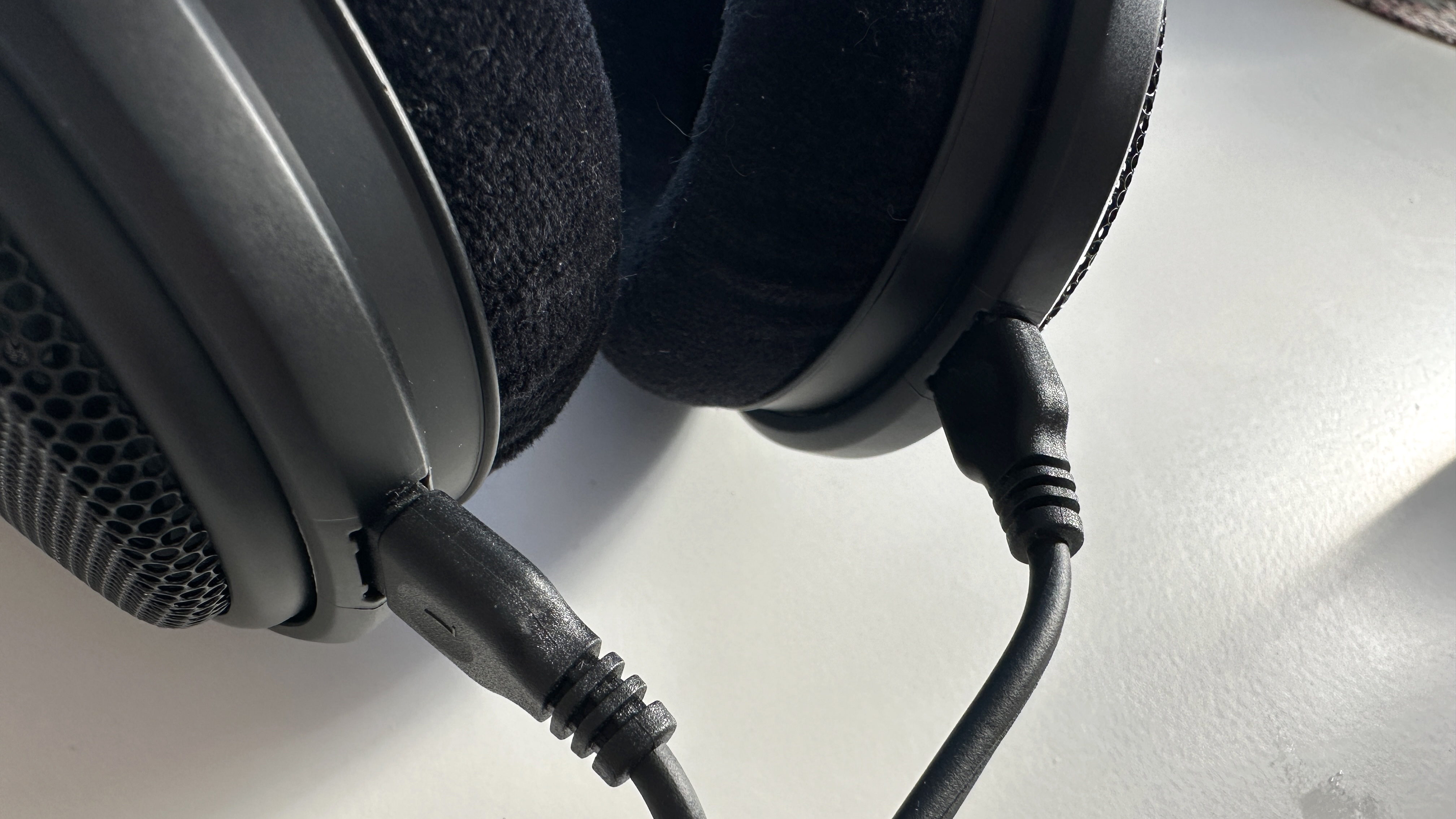
The very first thing that’s worth noting about the Sennheiser HD 660S2 is how intolerant they are of inferior sources of music - in its own way it’s almost admirable. Plug them directly into a MacBook Pro, for example, and the resulting sound is far from special.
Introduce one of the best DACs into the chain between headphones and laptop, and the gains in performance are significant. Then circumvent the Apple machine’s antipathy to high-resolution content by using Colibri software to shift properly hi-res stuff from the computer’s memory to the DAC and on to the Sennheiser… and now you’re talking. Treated properly, the HD 660S2 are capable of impressive results.
Certainly the work that’s gone into extracting greater low-frequency presence has paid off. Bass sounds are deep, detailed, lavishly textured and hit precisely as hard as they are supposed to - but there’s no shortage of authority or control on display. The HD 660S2 describe nice straight edges at the attack of low-end information, and monitor the decay just as fanatically - so while there’s plenty of bottom-end body, it’s not overbearing and doesn’t stray out of its lane into the path of the midrange. Rhythmic expression is good, momentum is considerable, and by the standards of open-backed headphones there’s impressive solidity at the low-end too.
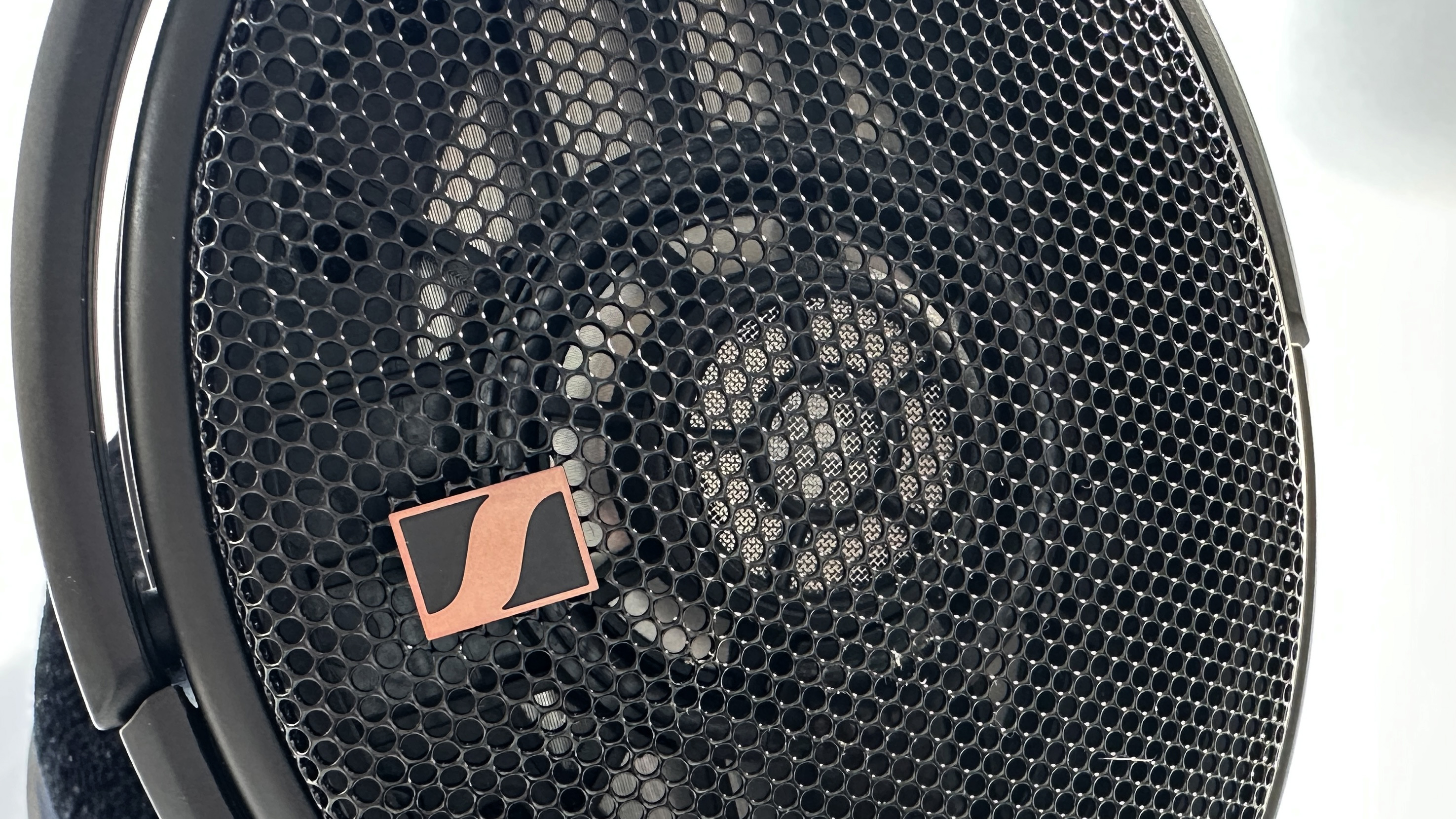
The midrange is equally detailed, and vocalists of all types sound characterful and eloquent as a result. Again, the leading edges of individual sounds are cleanly described, and the integration with the frequency information above and below the midrange is smoothly achieved. One of the acknowledged advantages of the open-backed configuration is the relative spaciousness of presentation it allows, and these Sennheiser headphones certainly generate a large, well-defined and easy-to-follow soundstage. There’s more than enough breathing space available for each element of a recording to fully express itself, and plenty of room at the front of the stage for singers to take the spotlight.
The attention to detail these headphones exhibit easily extends to the small harmonic variations apparent in, say, a solo piano piece - and the HD 660S2 are fully attentive to transient activity that may be occurring even at the very edges or the very back of the soundstage. Where the big dynamic shifts are concerned, as when the symphony orchestra piles into that final crescendo, for example, the Sennheiser are barrel-chested enough to put significant distance between the quietest and the loudest moments.
At the top of the frequency range, though, there’s not quite as much positivity. Treble sounds are no less detailed than all the other frequency information the HD 660S2 serve up - but there’s a mild-but-definite lack of confidence and certainty to the top-end reproduction here. Treble seems a little rolled off, a little circumspect when compared to the rest of the sound - and as a result the Sennheiser don’t sound quite as clean or as clear as they otherwise would. Where the midrange communicates freely, and the bottom of the frequency range displays great assurance too, the top-end is circumspect - its tonality is a little more coloured than the rest of the information, and the overall unity of the HD 660S2 is compromised just a little as a result.
Sennheiser HD 660S2 review: Design & Usability
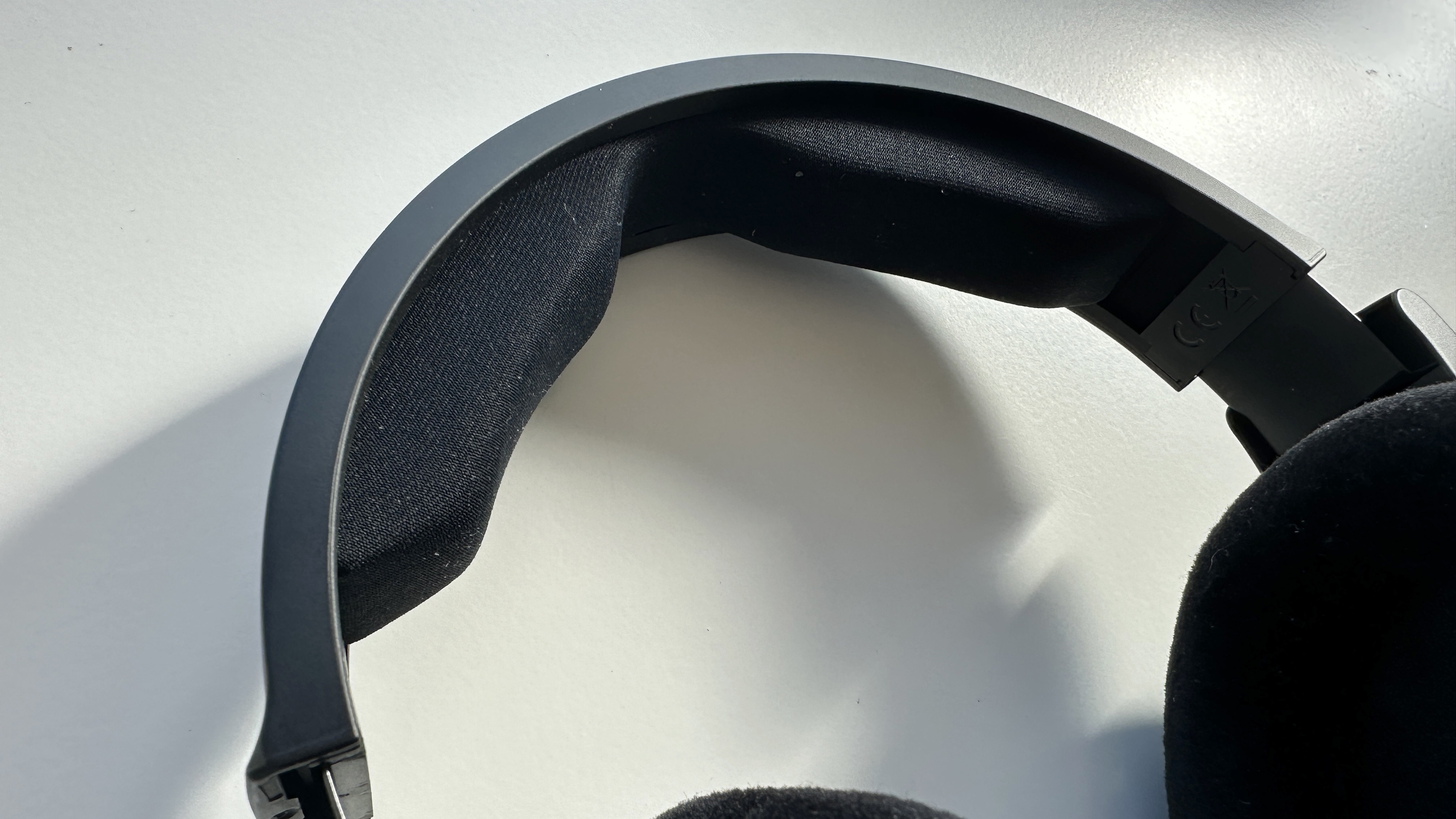
Nothing about the way the HD 660S2 are designed is going to startle you - they are designed, fundamentally, to look like a pair of headphones. And nothing about the way they’re built or finished will come as much of a surprise, either - this is a pair of Sennheisers, designed in Germany and made in Ireland, and they’re put together with obvious care.
The velour earpads are on the narrow side - but should be fine for anyone who doesn’t have very generously sized ears. The ear-cushions are on the soft side - but they don’t heat up especially quickly and stay comfortable for hours on end. The fabric-covered padding on the inside of the headband is equally pliant - and it’s equally comfortable too, with a nicely judged cutaway in the ‘fontanelle’ area. The clamping force is quite significant - but an all-in weight of 260g and an expertly judged hanger arrangement means the HD 600S2 are no kind of burden to wear.
There’s nothing especially luxurious about them, mind you - aside from the velour and the nicely tactile perforated metal covering the outside of the earcups, the Sennheiser are almost entirely plastic. But they look and feel pretty good, and the branding they carry manages to be discreet and yet quite assertive at the same time.
As far as ‘usability’ is concerned, passive wired headphones are about as straightforward and focused as a product can be. Once you know which of the three cable terminations you need in order to plug into your source of music (and have plugged it in), put the headphones on and press ‘play’.
Sennheiser HD 660S2 review: Verdict
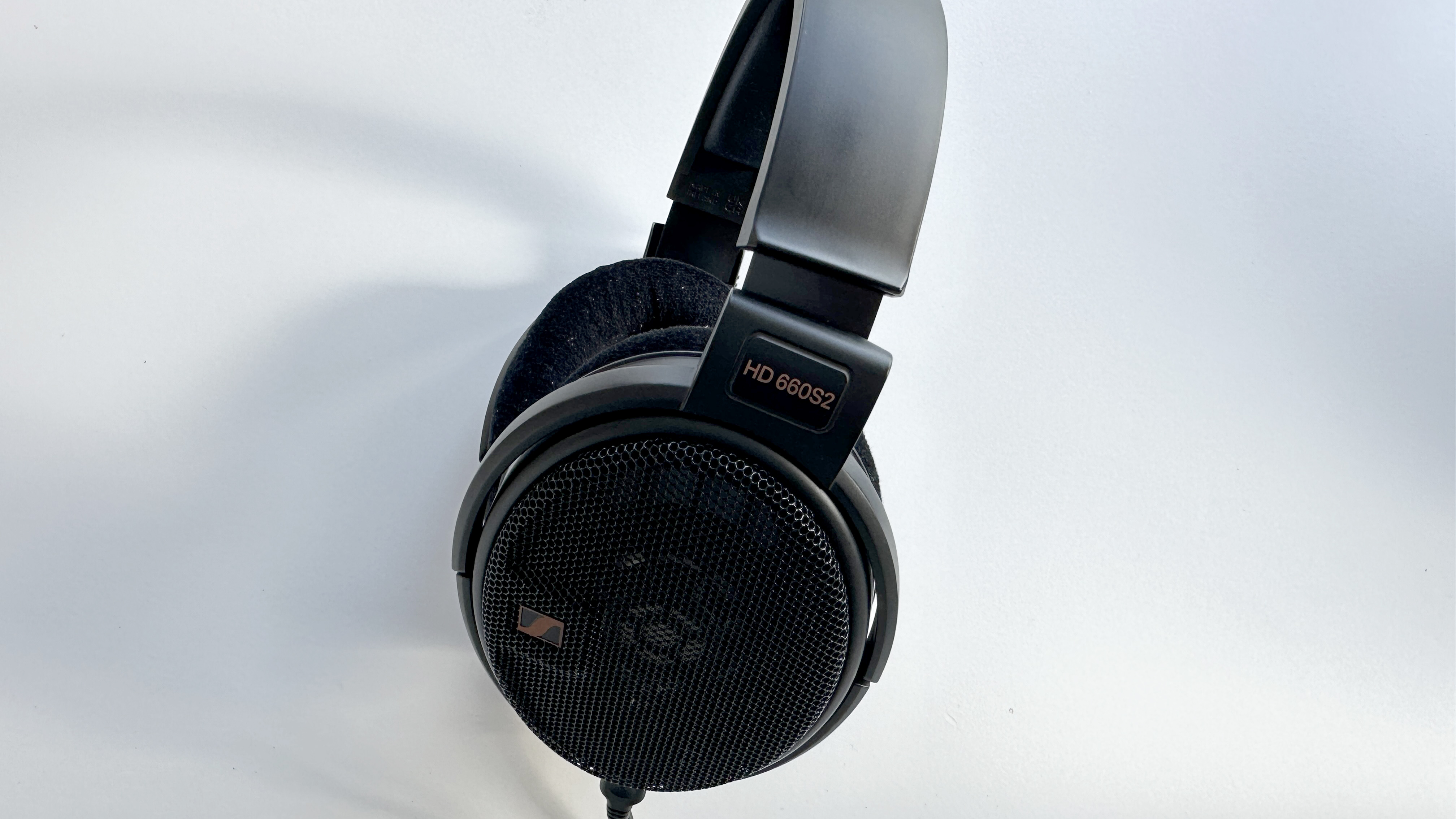
The accommodations you’ll have to make with the Sennheiser HD 660S2 are few, but significant.
Firstly, you’ll need to resign yourself to solitary listening - unless you want to irritate all the people nearby with your leaky headphones, anyway. And you’ll have to accept you’re getting a little less sparkle and a little less brilliance at the top of the frequency range than some alternatives will provide.
After that, though, the news is all good - so if you want a big, robust and opulently detailed sound from light, comfortable and properly constructed headphones, you need to give the Sennheiser HD 660S2 your complete attention.
Also consider
Yes, they’re a little more expensive than the Sennheiser HD 660S2 - but Audio-Technica’s splendid ATH-WP900 are well worth looking into. Not only do they sound expansive and detailed, with the sort of midrange fidelity in particular that could make a strong listener weak, but thanks to their ‘flame maple’ finish they’re classy lookers where the Sennheiser are profoundly functional.
Sign up to the T3 newsletter for smarter living straight to your inbox
Get all the latest news, reviews, deals and buying guides on gorgeous tech, home and active products from the T3 experts
Simon Lucas is a freelance technology journalist and consultant, with particular emphasis on the audio/video aspects of home entertainment. Before embracing the carefree life of the freelancer, he was editor of What Hi-Fi? magazine and website – since then, he's written for titles such as Wired, Metro, the Guardian and Stuff, among many others. Should he find himself with a spare moment, Simon likes nothing more than publishing and then quickly deleting tweets about the state of the nation (in general), the state of Aston Villa (in particular) and the state of his partner's cat.
-
 Apple TV+ proves it's the streamer for auteurs with Highest 2 Lowest
Apple TV+ proves it's the streamer for auteurs with Highest 2 LowestA Spike Lee Joint approaches
By Max Freeman-Mills Published
-
 A top trainer shares a 10-minute six-pack workout to sculpt strong abs
A top trainer shares a 10-minute six-pack workout to sculpt strong absThese 8 bodyweight exercises will help carve a solid six-pack
By Bryony Firth-Bernard Published
-
 Is Apple TV+ quietly 'doing a Netflix'? Cancellations have fans fearful
Is Apple TV+ quietly 'doing a Netflix'? Cancellations have fans fearfulAcapulco is over after forthcoming season, but Apple's commitment to headline shows is something other streamers could learn from
By Mike Lowe Published